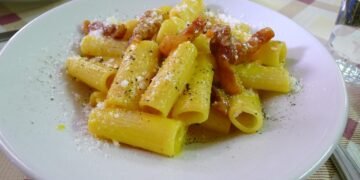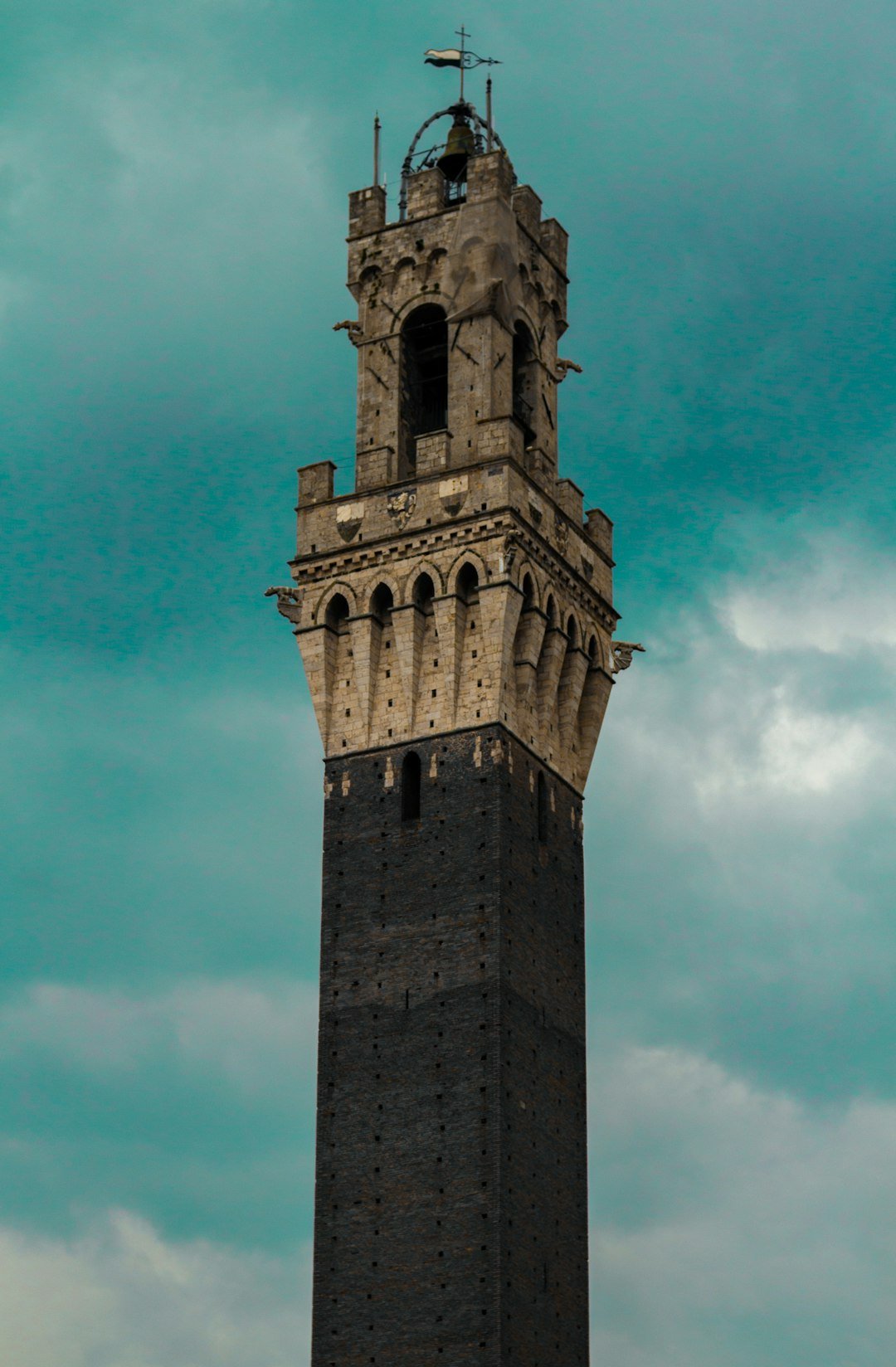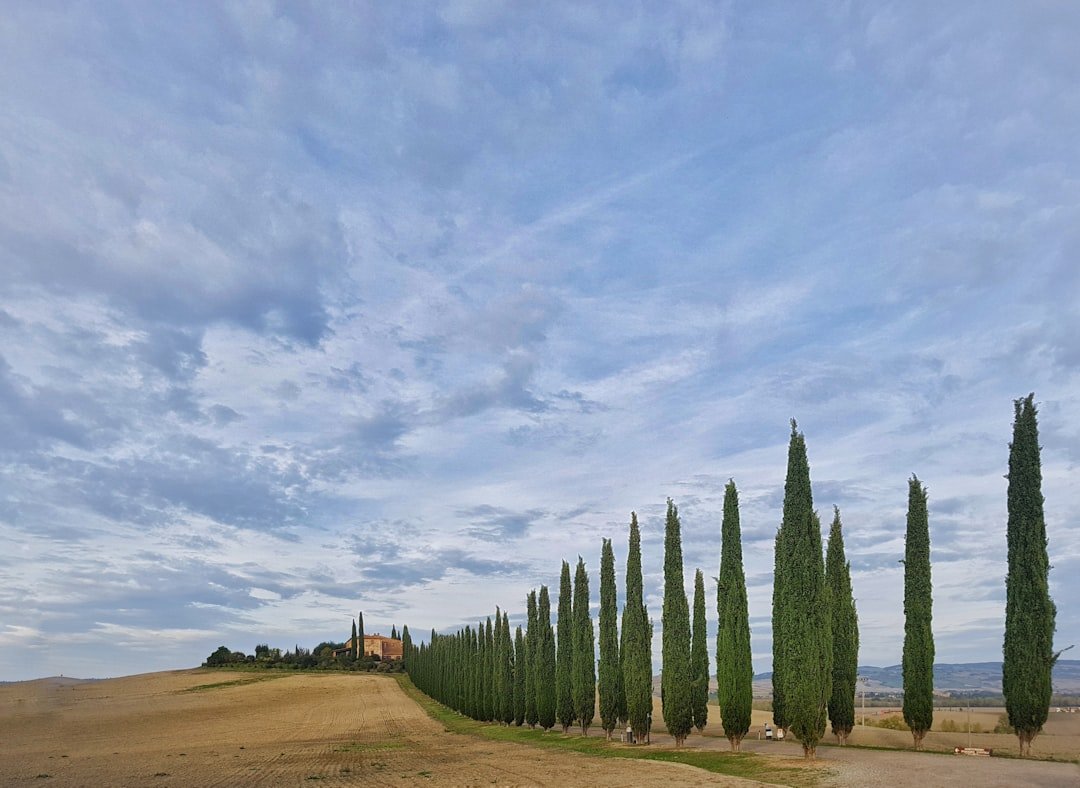Discovering the Artisan Crafts of Tuscany
Deep in the heart of Italy, the picturesque region of Tuscany lays claim to not only stunning landscapes and world-renowned wines, but also a rich tradition of artisan crafts. To give a full measure to such heritage and enjoy a truly authentic encounter, an exploration of Tuscan handicrafts is a must-do for any visitor to the region. In this article, we’ll guide you through the quintessential crafts of Tuscany, and the best ways to discover and appreciate the intricacy, beauty, and labor behind them.
The Traditional Crafts of Tuscany
Something that makes Tuscany truly unique is the longevity of its craft traditions. Many of the arts and techniques practiced today have a lineage that stretches back for centuries. From ceramics and leather work to textile weaving and metal sculpting, the craft traditions of Tuscany are as varied as they are historic.
Ceramics
Among the most celebrated of Tuscan crafts is pottery. Tuscan ceramics have a beauty that stems from the artful balance between form and function that has evolved over the centuries. Places famed for their ceramic tradition include Montelupo Fiorentino, a town just outside Florence, known for its colorful, hand-painted ceramics, and Impruneta, renowned for its terracotta production.
| City | Ceramic Speciality |
|---|---|
| Montelupo Fiorentino | Colorful, hand-painted |
| Impruneta | terracotta |
Leather Craftsmanship
Florence is renowned for its high-quality leather goods. From bags and belts to jackets and wallets, the city’s leatherwork is an integral part of its reputation for luxury and refinement. Many workshops still employ traditional techniques, making these goods not just beautiful but also enduring. For those who wish to explore this craft, a visit to the Leather School of Florence is a must.
Textile Weaving
The tradition of Tuscan textile weaving dates back to the Etruscans. The city of Prato is ground zero for this craft and once held great importance as the center of the Italian textile industry. It’s worth visiting the Textile Museum in Prato to immerse yourself in this artistically rich and economically significant tradition.
Metal Sculpting
Tuscany’s history of wrought-iron work is evident in its buildings and outdoor ornamentations. One such place is Pienza, which abounds in examples of intricate ironwork. There’s also Pietrasanta, often known as the “City of Artists,” famous for its marble and bronze statutes.
| City | Metal Work Speciality |
|---|---|
| Pienza | Wrought-iron work |
| Pietrasanta | Marble and Bronze Sculptures |
Exploring these Craft Traditions
Several methods can help you get a sense of the vast and impressive Tuscan craft tradition. We suggest direct visits to artisan workshops, enrolling in craft classes, attending local craft fairs, and visiting specific craft museums.
Visit Artisan Workshops
What better way to explore the region’s artistic tradition than to see the masters in action? Many artisans in Tuscany have their workshops open to the public. You can witness the craft process, engage with the artisans, and even purchase a unique item directly.
Take a Craft Class
Tuscany offers a wide range of workshops and classes to immerse yourself in its crafts. You can learn about centuries-old techniques that have been passed down generations, and even create your own masterpiece. This hands-on approach will provide a deeper understanding of the work that goes into the unique artifacts, as well as an appreciation for the skills and patience required.
Attend a Local Craft Fair
One of the most enjoyable ways to discover Tuscan craft traditions is by attending local craft fairs. These events offer an incredible array of handmade products and provide an opportunity to meet local artisans. Keep an eye out for the annual Mostra dell’Artigianato (Craft Show) in Florence for a comprehensive showcase.
Visit a Craft Museum
Many cities in Tuscany have museums dedicated to their craft traditions. These museums provide a historical context for the craftsmanship and offer a more in-depth understanding of these art forms. Don’t miss the Gucci Museum in Florence, which offers a blend of fashion and leather craftsmanship, and the Textile Museum in Prato.
Conclusion
In conclusion, exploring Tuscany’s artisan crafts provides a deeply enriching perspective into the region’s culture and history. From ceramics to leather works, textile weaving, and metal sculpting, each art form reveals a piece of Tuscany’s unique story. So, make sure to include a brush with Tuscan craft traditions in your itinerary, and you’ll return home with more than just souvenirs – you’ll carry back invaluable memories and a profound appreciation for the artisans and their craft.
























